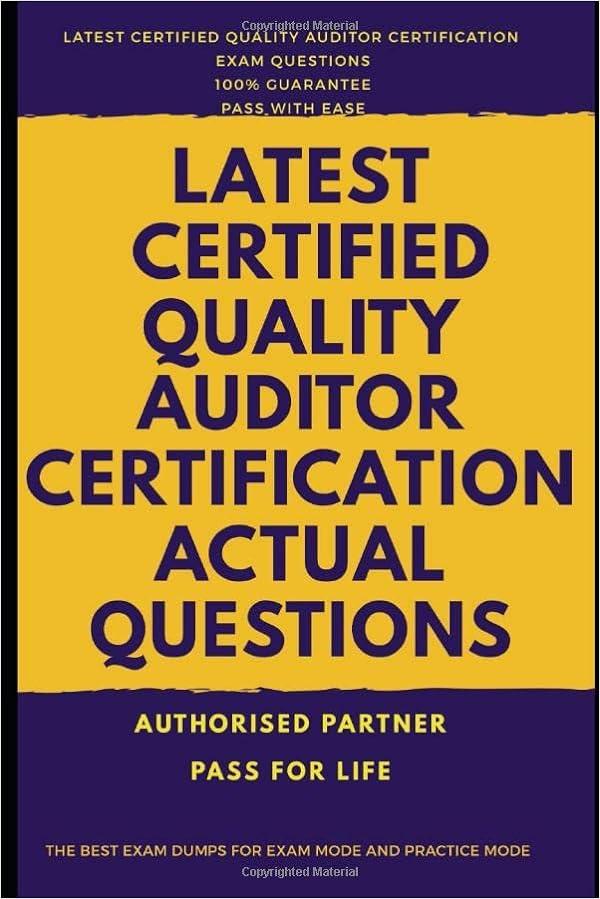6 Part 2 of 4 Required information Use the following information for the Quick Study below. (Algo) (11-14) {The following information applies to the questions displayed below) Trey Monson starts a merchandising business on December 1 and enters into the following three Inventory purchases Monson uses a perpetual inventory system. Also, on December 15, Monson sells 29 units for $50 each Purchases on December 7 19 units @ $20.08 cost Purchases on December 14 36 units @ $30.08 cost Purchases on December 21 29 units @ $36.08 cost 7.14 points Book QS 5-12 (Algo) Perpetual: Inventory costing with LIFO LO P1 Mint Determine the costs assigned to ending Invegtory when costs are assigned based on the LIFO method. Print Inventory Balance Perpetual UFO Goods purchased Cost of Goods Sold Cost of Goods of #of units Available for Cost per Cost of Goods units unit Sale sold unit Sold Date Cost per Cost per References #of units unit Inventory Balance December 7 19 at $ 20.00 $ 380.00 19 at 36 at $ 30,00 51,080.00 December 14 19 $ 20.00 36 at $ 30.00 - $ 380.00 1,080.00 $1.460.00 Total December 14 December 15 29 at S 36.00 = $1,044.00 29 at 29 $ 30.00 $ 20.00 Total December 15 $ 870.00 580.00 $1.450.00 29 at $ 36.00 $1,044,00 December 21 22 at $ 38,00 28 at $36.00 50 at $ 38.00 $ 792.00 $1,008.00 $ 1.800.00 $3,600,00 Totais $1,044,00 Required information Use the following information for the Quick Study below. (Algo) (11-14) (The following information applies to the questions displayed below) Trey Monson starts a merchandising business on December 1 and enters into the following three inventory purchases. Monson uses a perpetual Inventory system. Also, on December 15, Monson sells 29 units for $50 each. Purchases on Decenber 7 19 units $20.00 cost Purchases on December 14 36 units $30.00 cost Purchases on December 21 29 units @ $36.00 cost QS 5-13 (Algo) Perpetual: Inventory costing with weighted average LO P1 Determine the costs assigned to ending inventory when costs are assigned based on the weighted average method. (Round your per unit costs to 2 decimal places.) Date Weighted Average - Perpetual: Goods purchased Cost of Goods Sold #of of units Cost per unit Inventory Value Cost per cost of Goods unit Sold sold 19 $ 190015 36100 Inventory Balance # of units Cost per unit Inventory Balance units December 7 19 at ats 30.00 $ 1.000.00 10 at 300 $ 30.00 55 $ 1,080.00 1.000.00 December 14 Average cost December 14 December 15 December 21 Average cost December 21 Total 20 at $ 36.00 - $ 1.044.00 29 at 29 ats 36.00 $ 1.044.00 29 at $ 36.00 1.044.00 29 at 53 at $ 1.044.00 11 Part 2 of 2 Loker Company reported the following January purchases and sales data for its only product. The Company uses a perpetual inventory system. For specific identification, ending inventory consists of 370 units from the January 30 purchase, 5 units from the January 20 purchase, and 15 units from beginning inventory Date Activities Units Acquired at Cost Units sold at Retail January 1 Beginning inventory 220 units @ $14.50 $ 3,190 January 10 Sales 178 units $ 23.50 January 20 Purchase 170 units @ $ 13.50 2,295 January 25 Sales 200 units e $ 23.50 January 30 Purchase 370 units $13.00 4,810 Totals 760 units 5 10,295 370 units 714 points . Exercise 5-5 (Algo) Perpetual: Gross profit effects of inventory methods LO A1 Hint 1. Compute gross profit for the month of January for Loker Company for the four inventory methods. 2. Which method yields the highest gross profit? 3. Does gross profit using weighted average fall between that using FIFO and LIFO? 4. If costs were rising instead of falling, which method would yield the highest gross profit? Complete this question by entering your answers in the tabs below. Reg 1 Reg 2 to 4 Compute oss profit for the month of January for Loker Company for the four inventory methods. (Round cost per unit to 2 decimal places and final answers to the nearest whole dollars) LAKER COMPANY For Month Ended January 31 Specific Weighted Identification Average 5 0,00015 0.800 0.016 5.810 5 7853 30045 LIFO FIFO 0.800 6.000 3.770 Cost of goods sold Gross pro 0.800 5.600 Regate > ) Part 2 of 2 Use the Tollowing information for the exercises 8-10 below. (Aigo) The following information applies to the questions displayed below) Hemming Company reported the following current.year purchases and sales for its only product, Date Activities Units Acquired at Cost Units sold at Retail January 1 Beginning inventory 290 units January 10 $13.64 = $ 3,944 sales 260 units 543.60 March 14 Purchase 500 units $18.60 9,300 March 15 Sales 430 units @ 543.60 July 30 Purchase 490 units $23.68 = 11.564 October 5 Sales 470 units 543.60 October 26 Purchase 190 units $28.60 = 5414 Totats 1,478 units $ 30,242 1. 16 units 7:16 Don Unit Exercise 5-9 (Algo) Specific identification LO P1 Ending Inventory consists of 40 units from the March 14 purchase, Bo units from the July 30 purchase, and all 190 units from the October 26 purchase. Using the specific identification method, calculate the following al cost of Goods Sold using Specife Identification Available for Sale Cost of Goods Bold Ending Inventory Date Activity Cost Per of units Cost Per Ending sold Unit COGS Inventory Cost Per Unit Ending Inventory Units Cost January 1 Beginning inventory 2001 s 13.00 1300$ 30445 13.00 March sa Purchase 8001 s 18.00 2005 18.60 4836 93005 18.00 172.000 wy Purchase 490 23.60 4305 23.00 10.140 115643 23.00 272.910 October 20 Purchase 1905 28.50 470 $ 28.00 13.442 54345 28.00 155412 1.470 1,160 $ 28.420 30.242 5 554940 by Gross Margin using Specific Identification Beginning inventory 1.470 Less Grosso 30.242 Equals Ending Inventory $ 1.150 53.00 $










